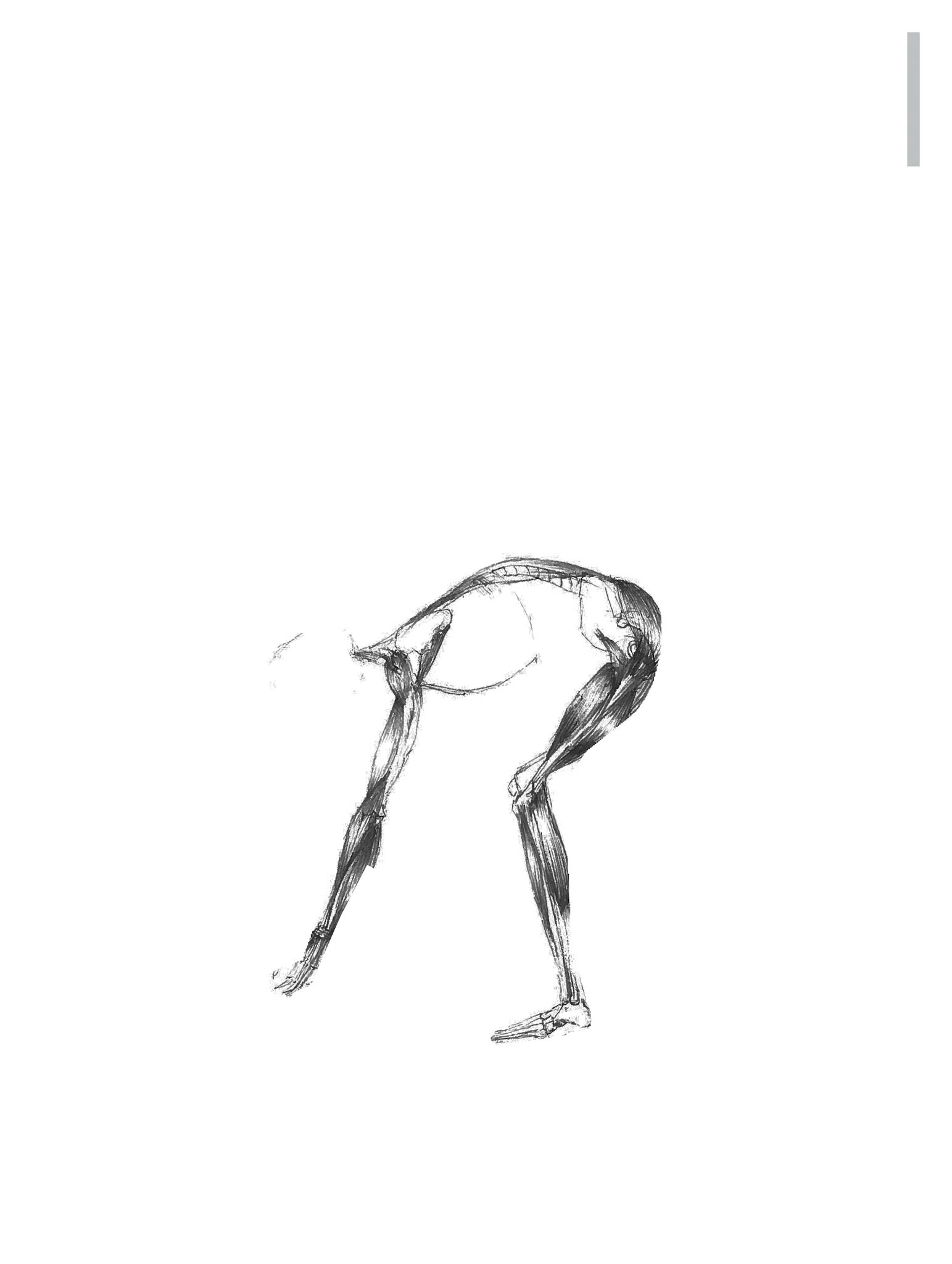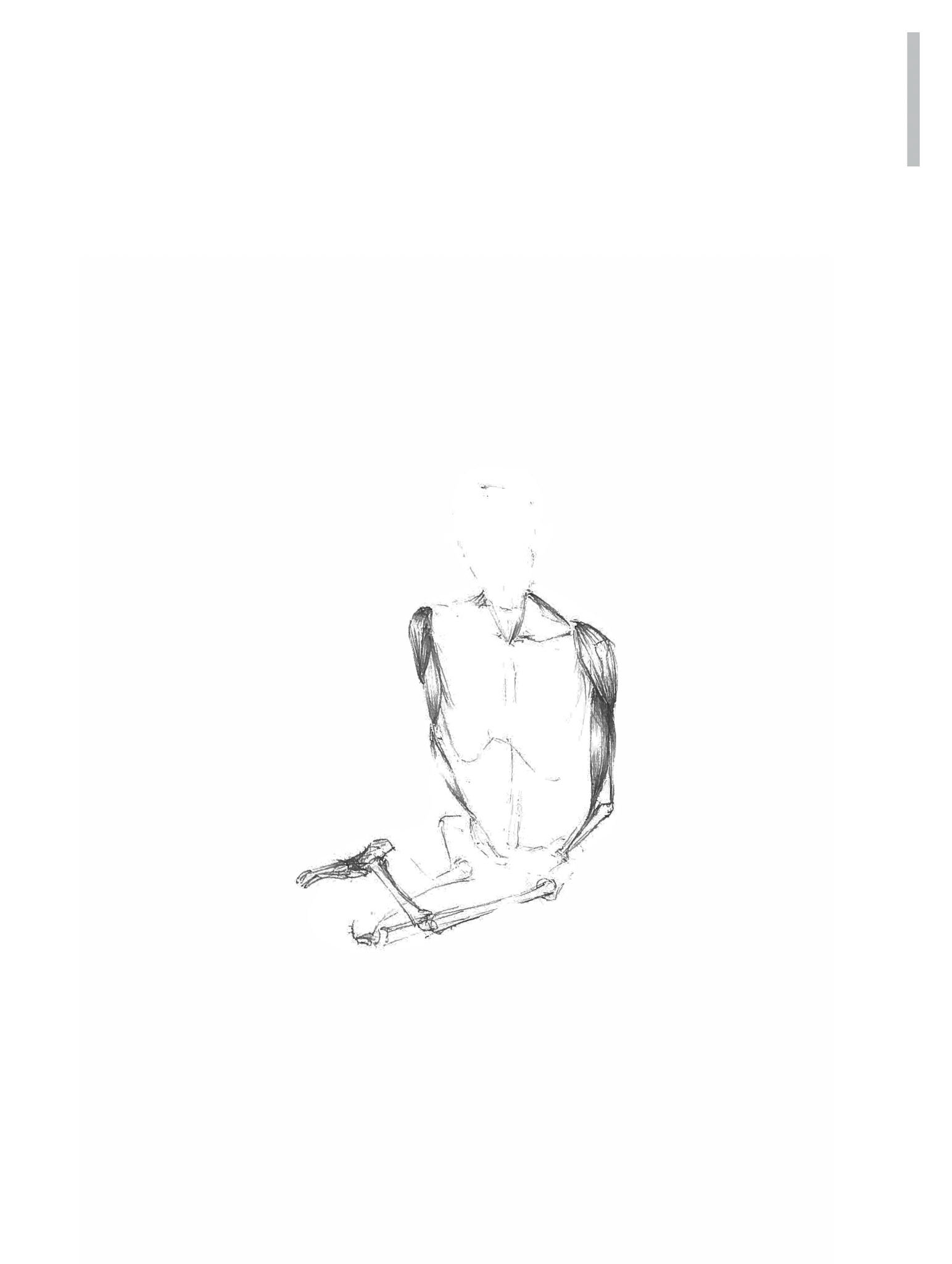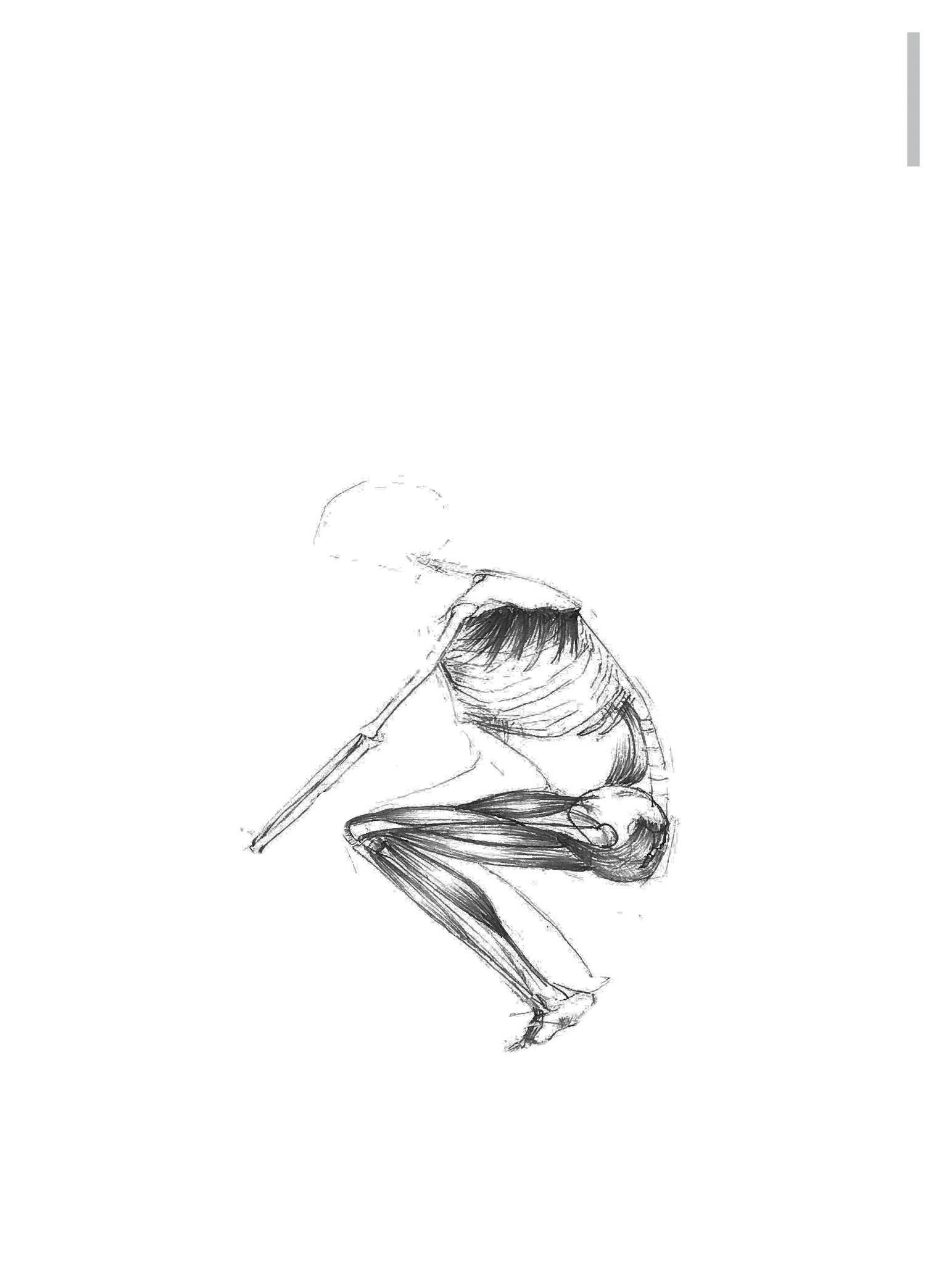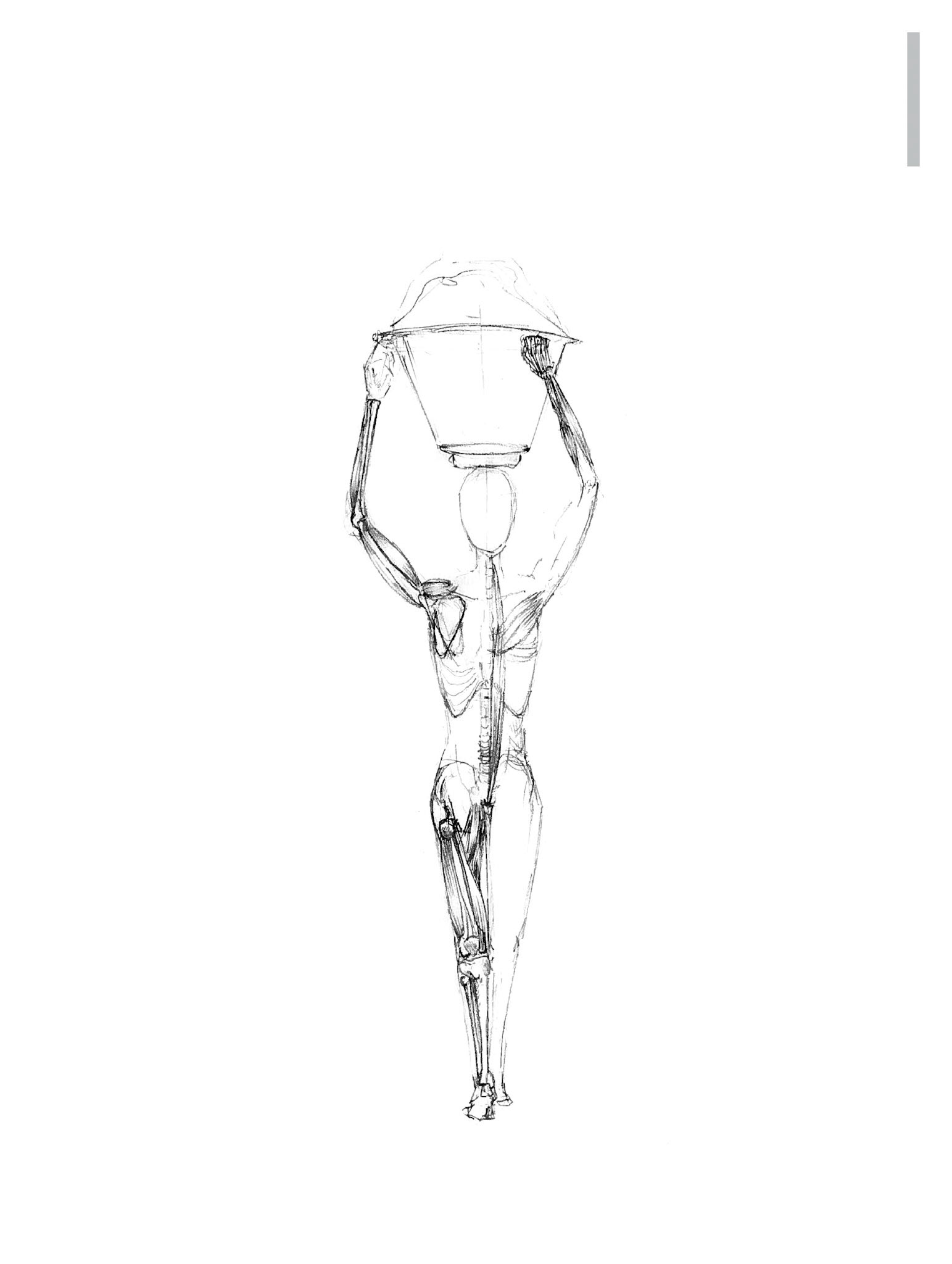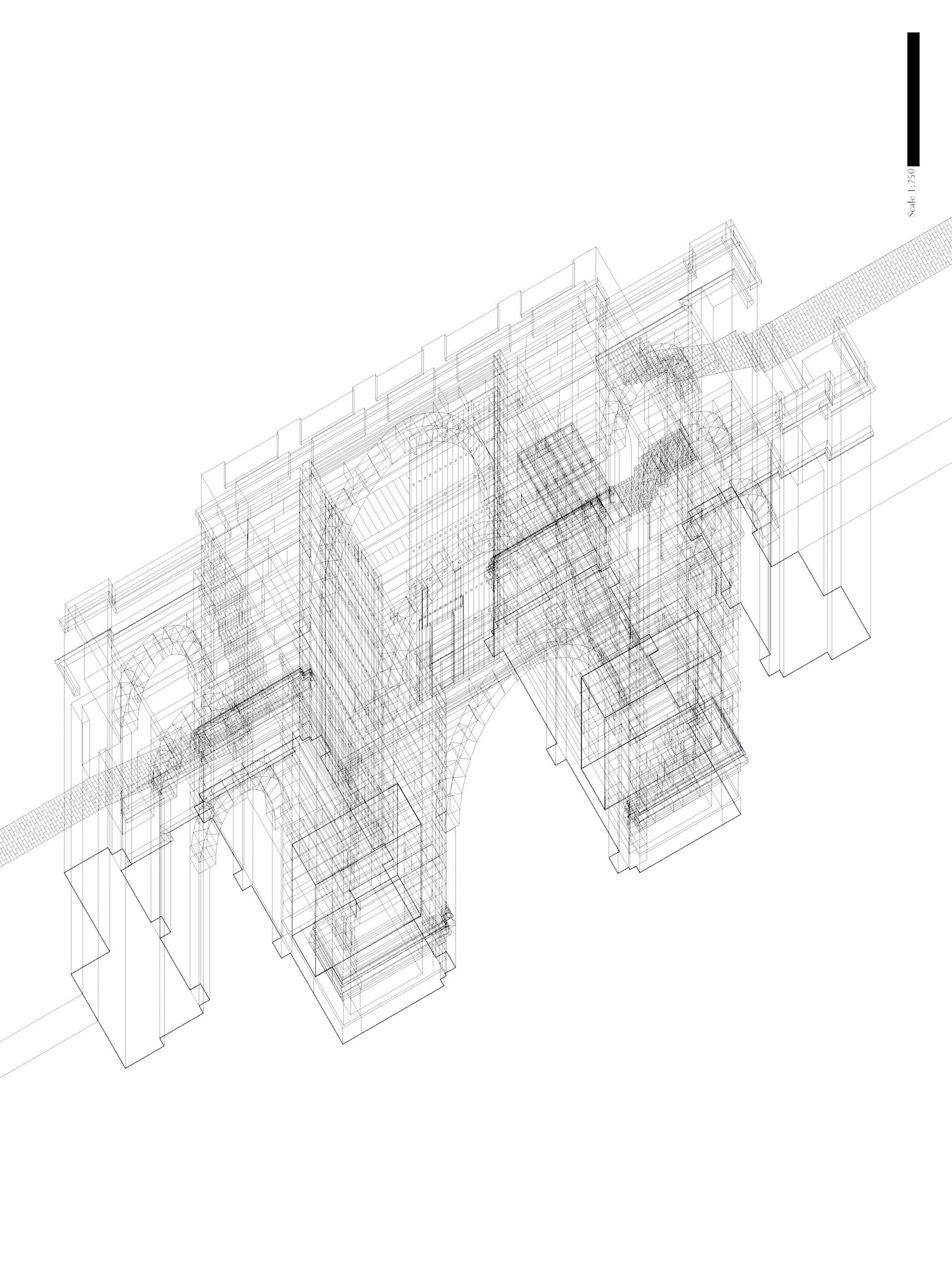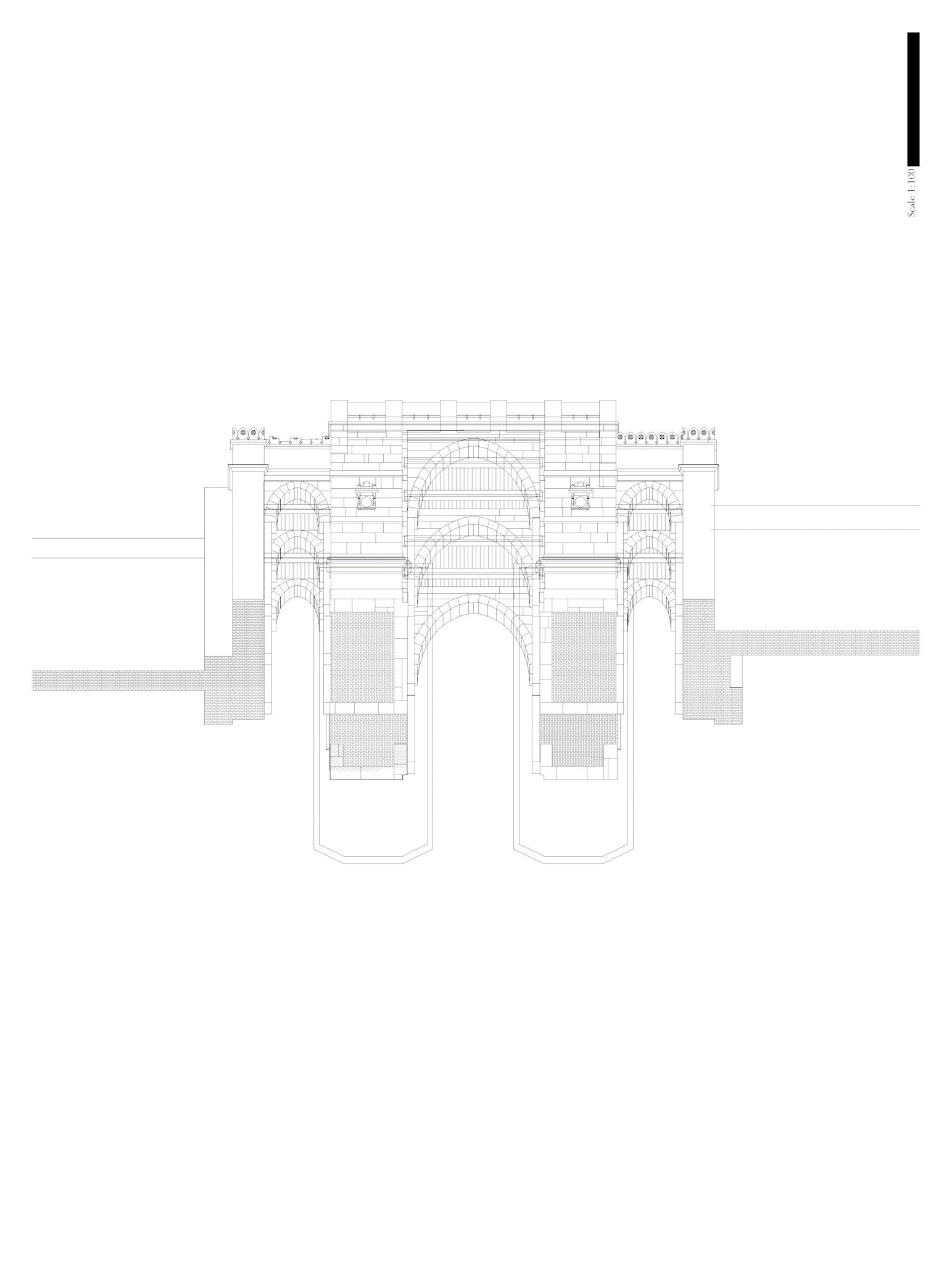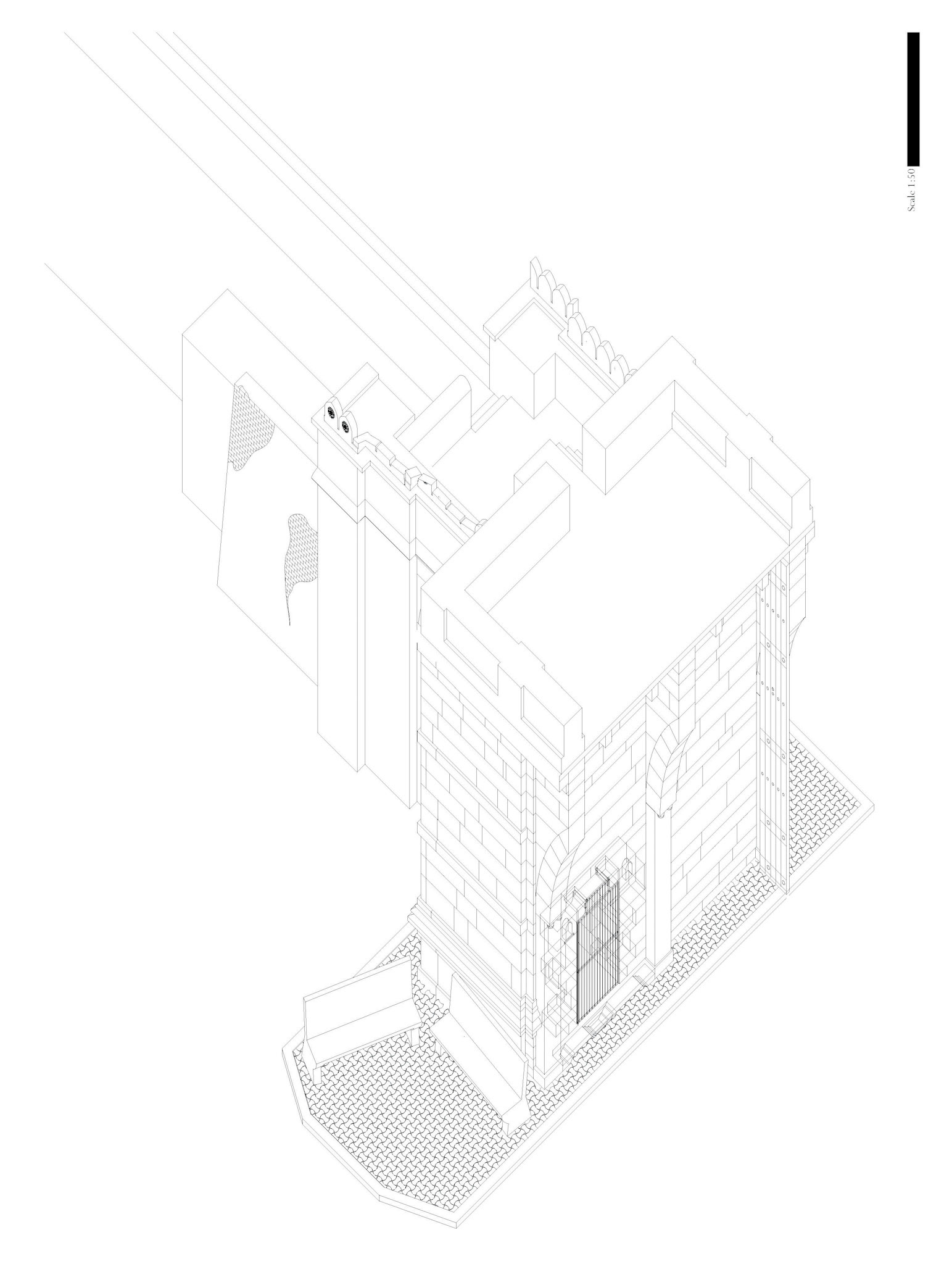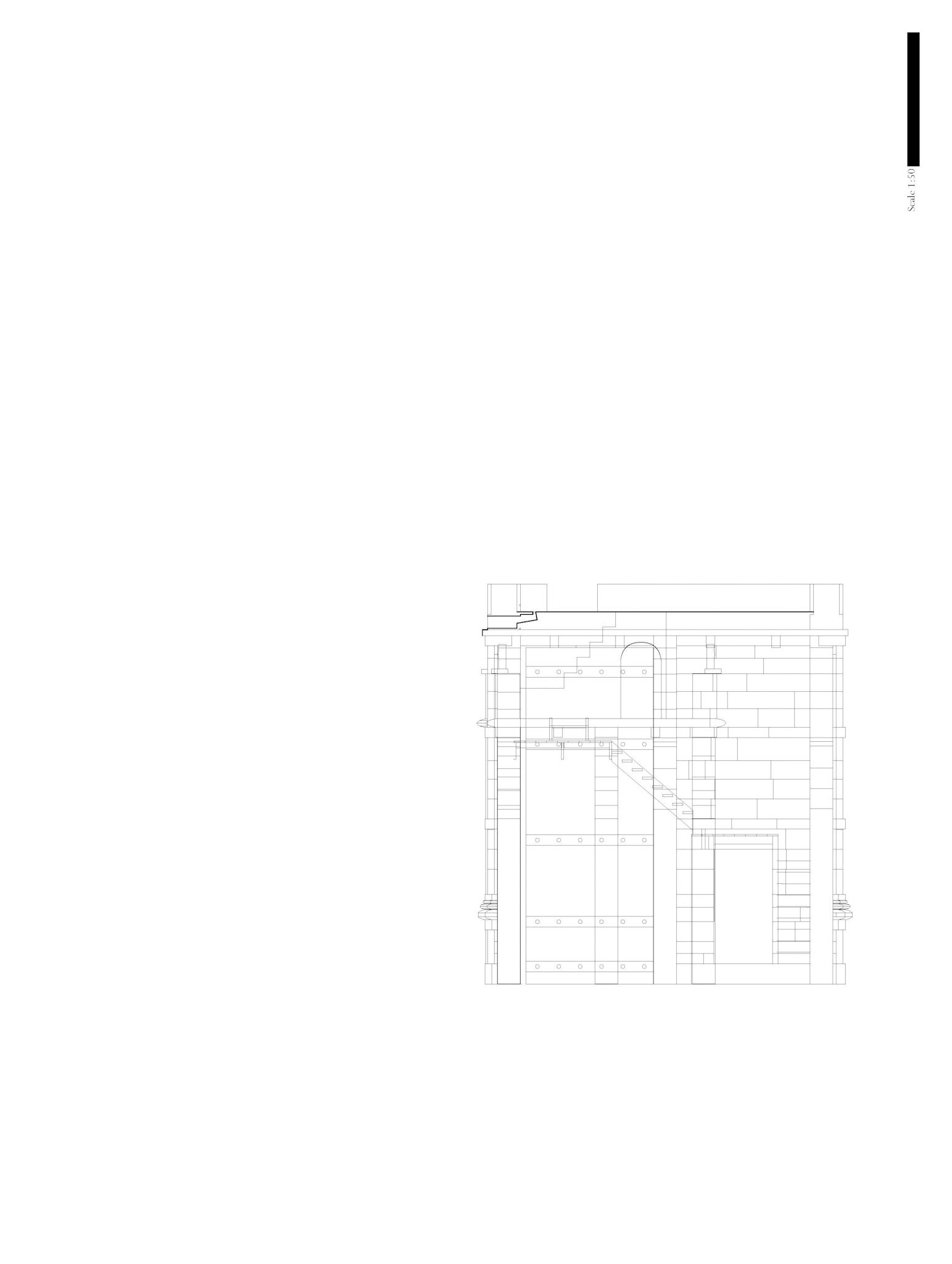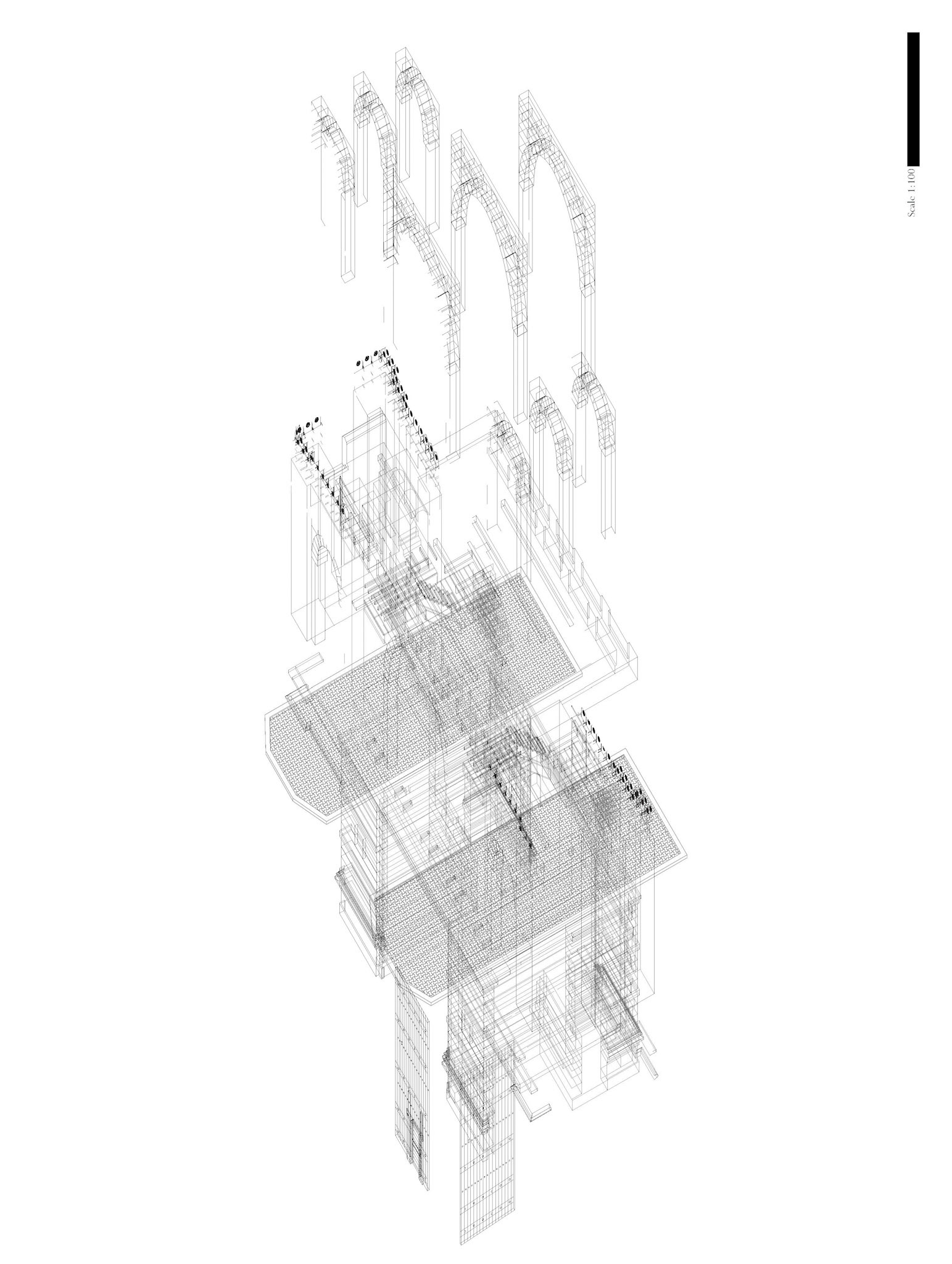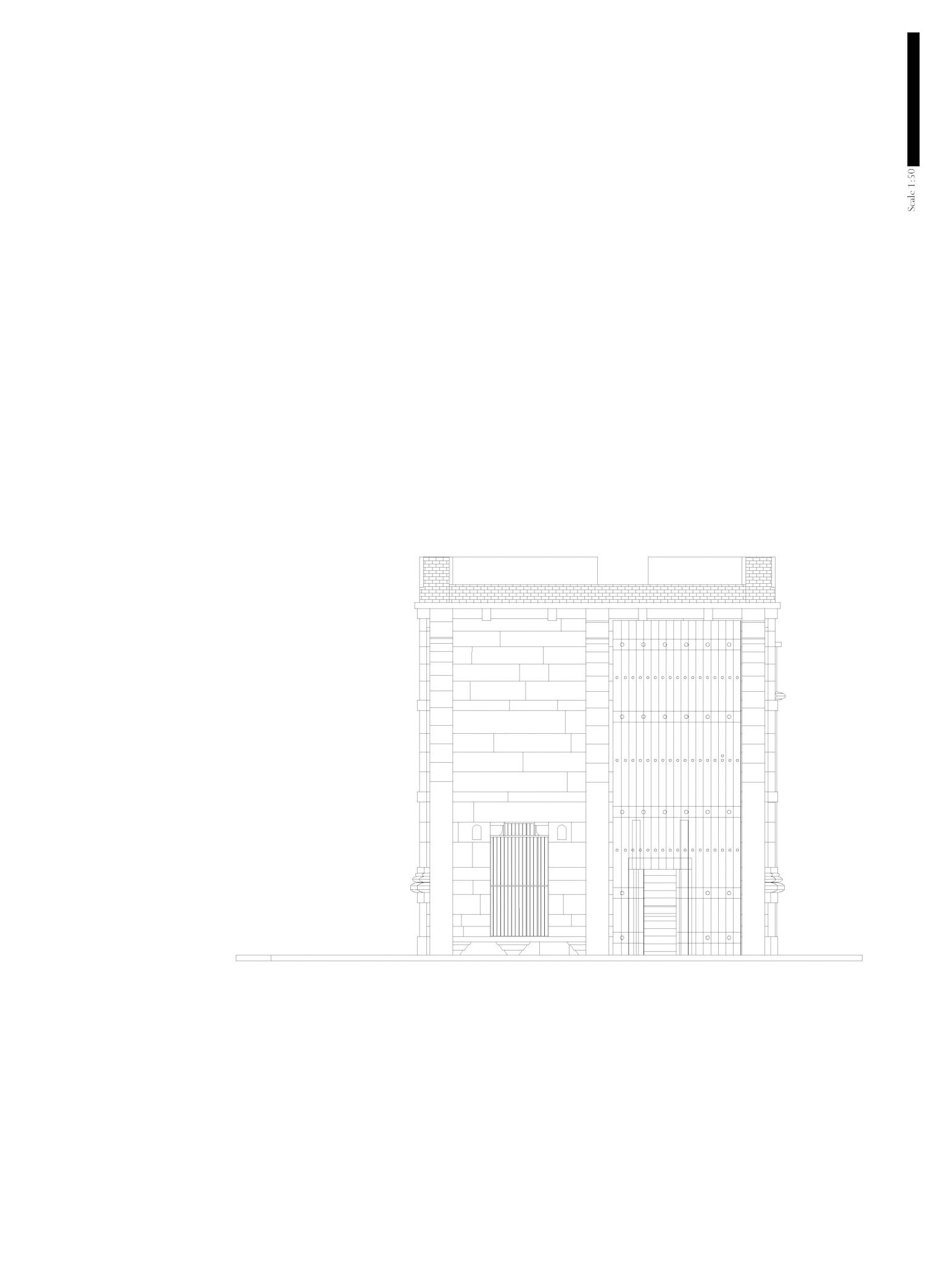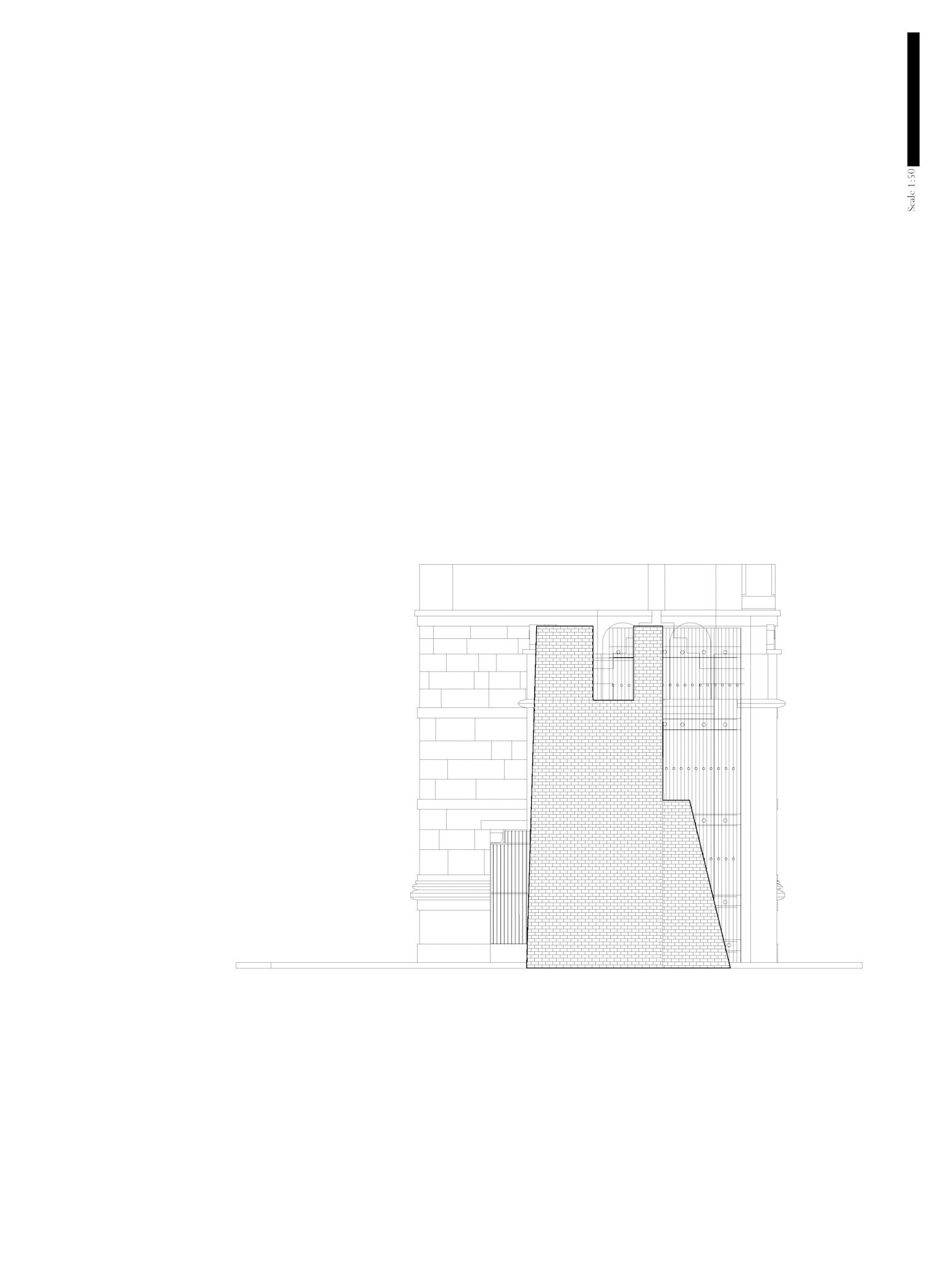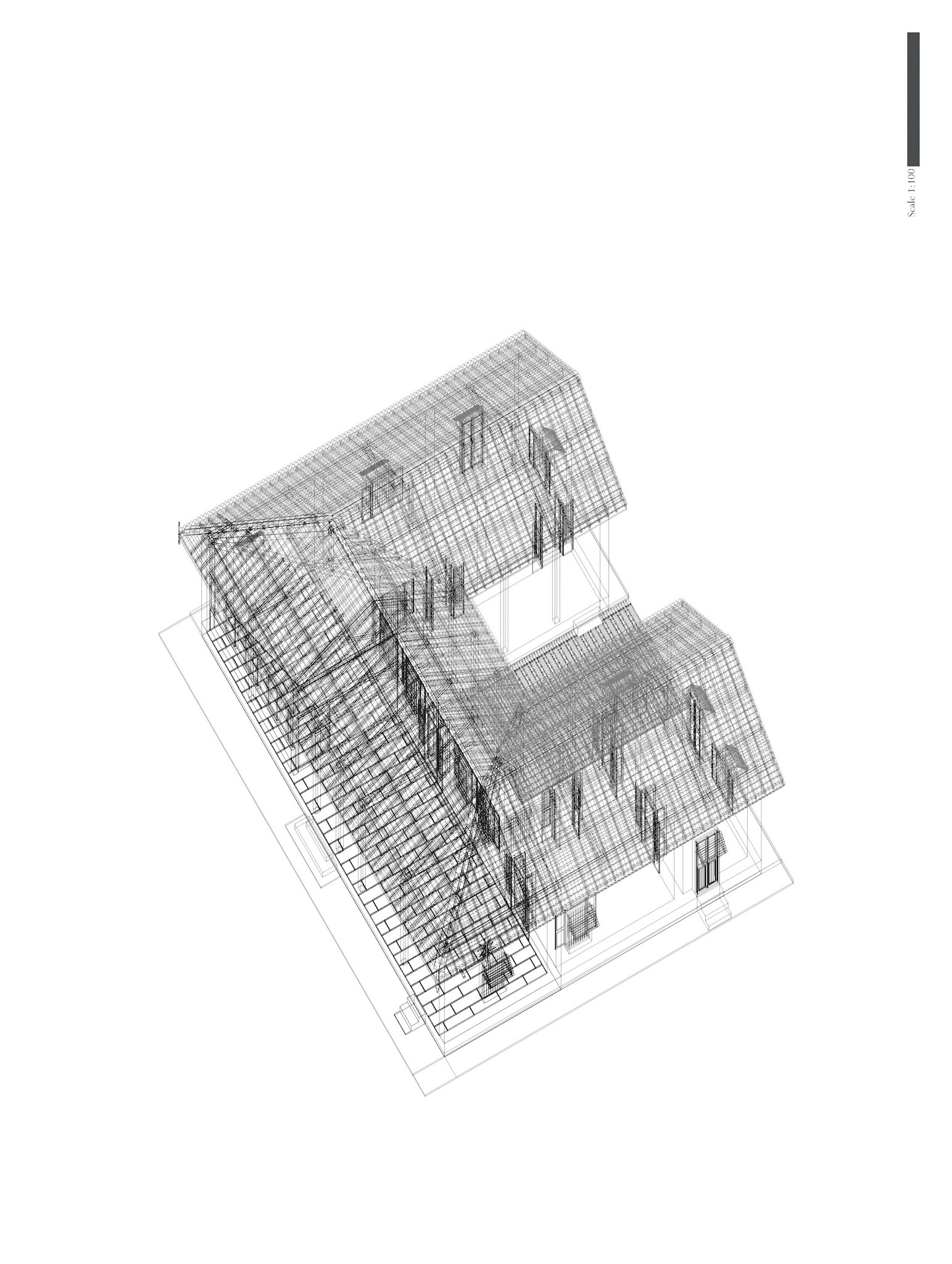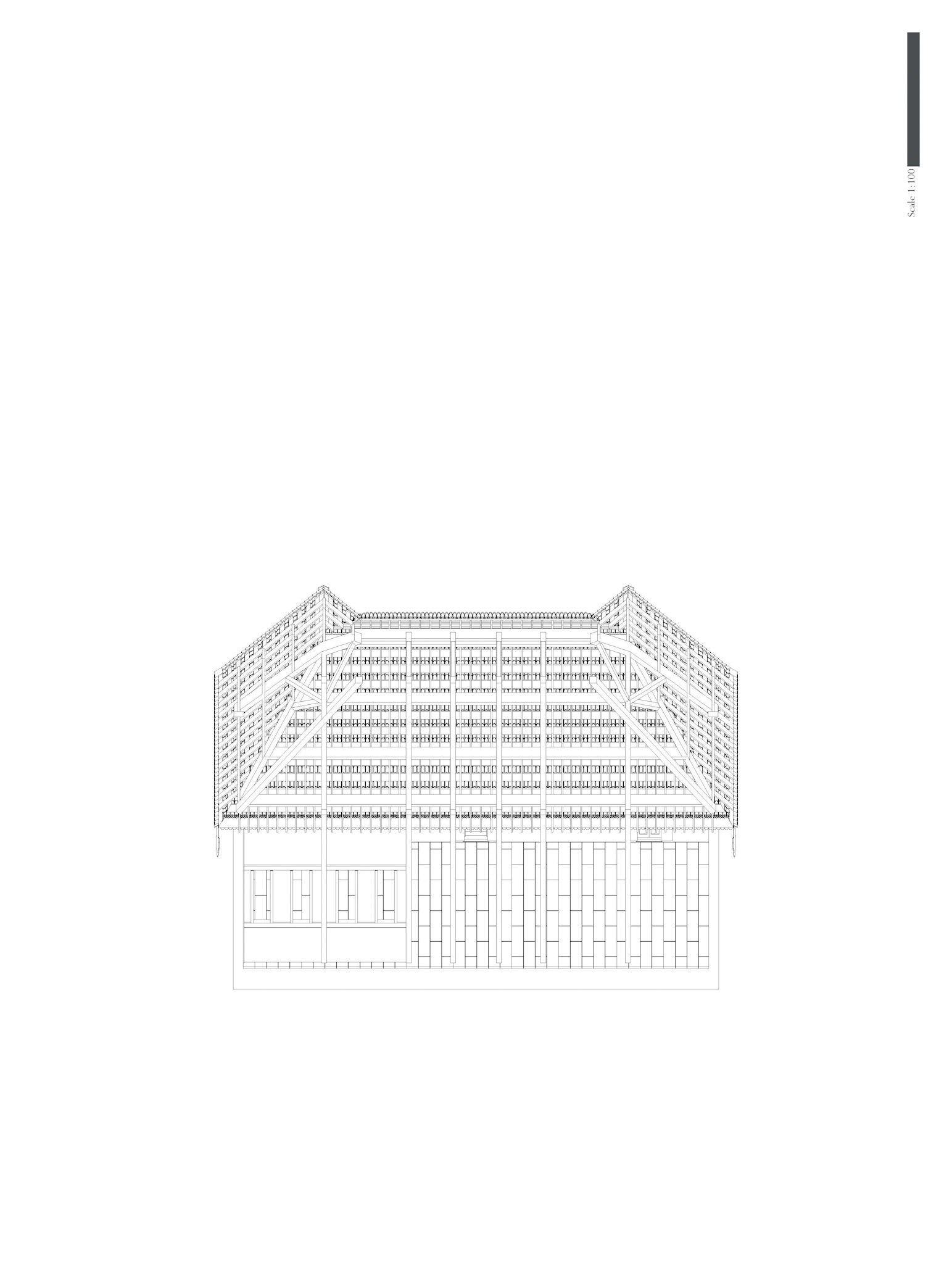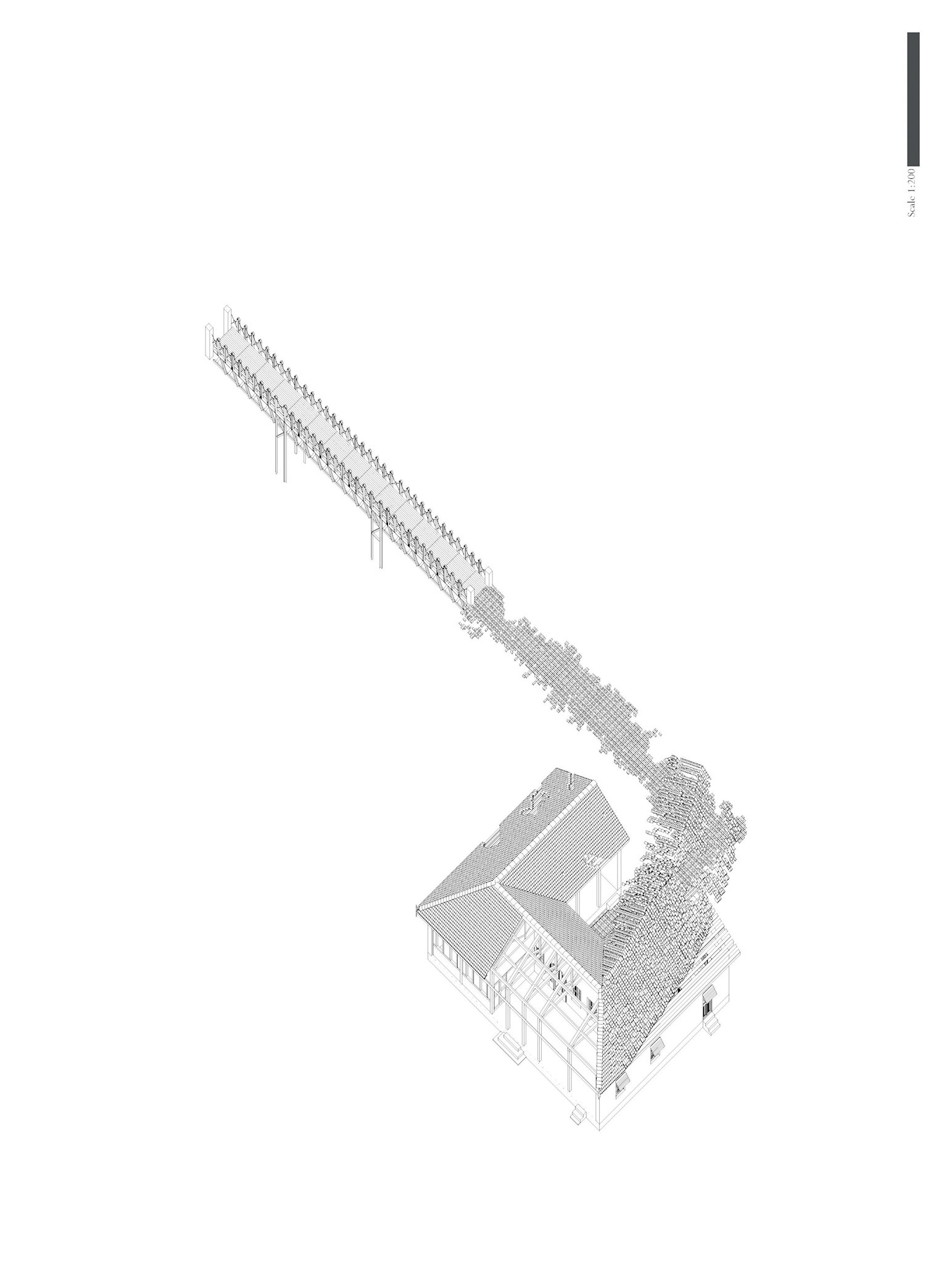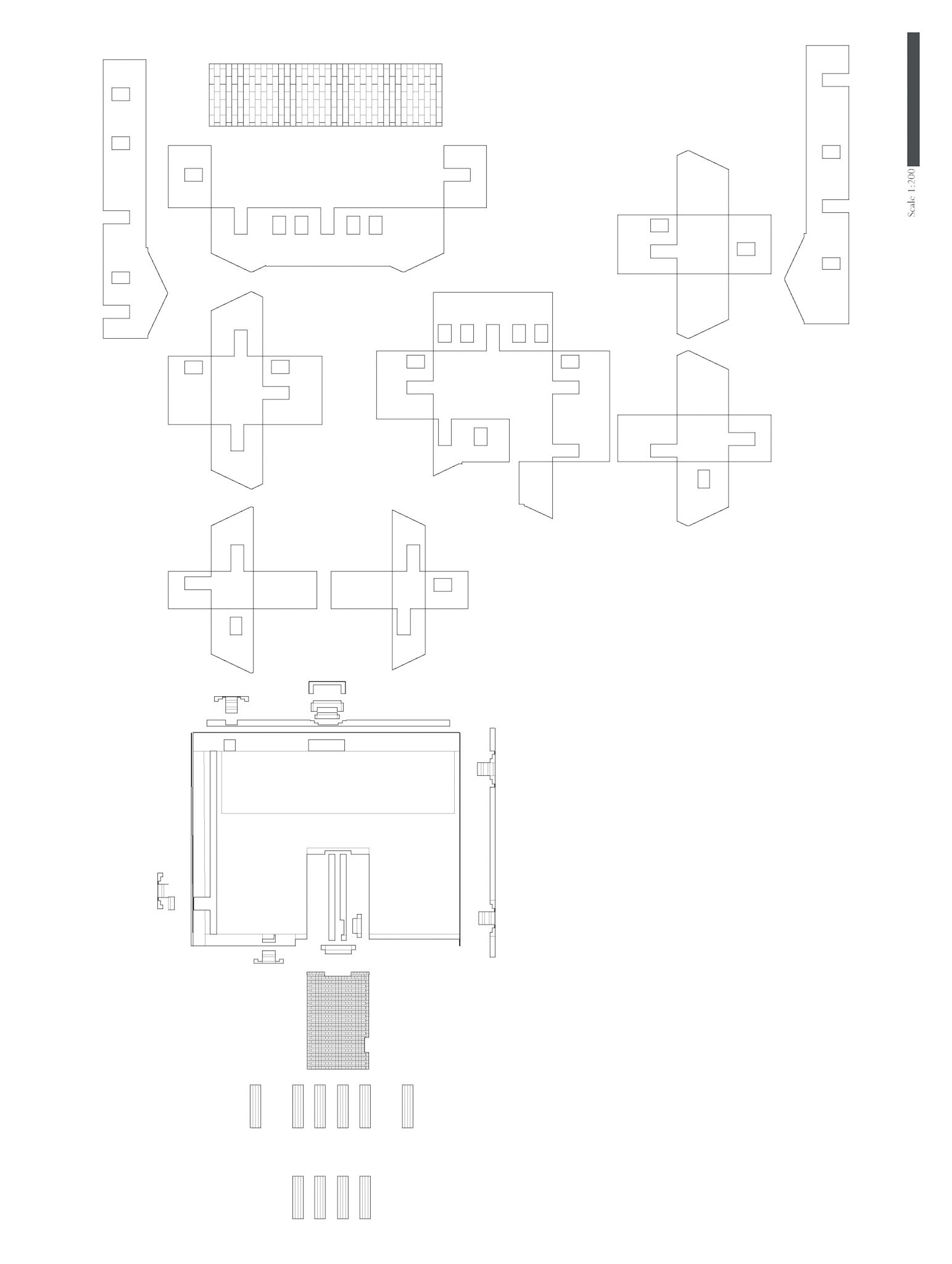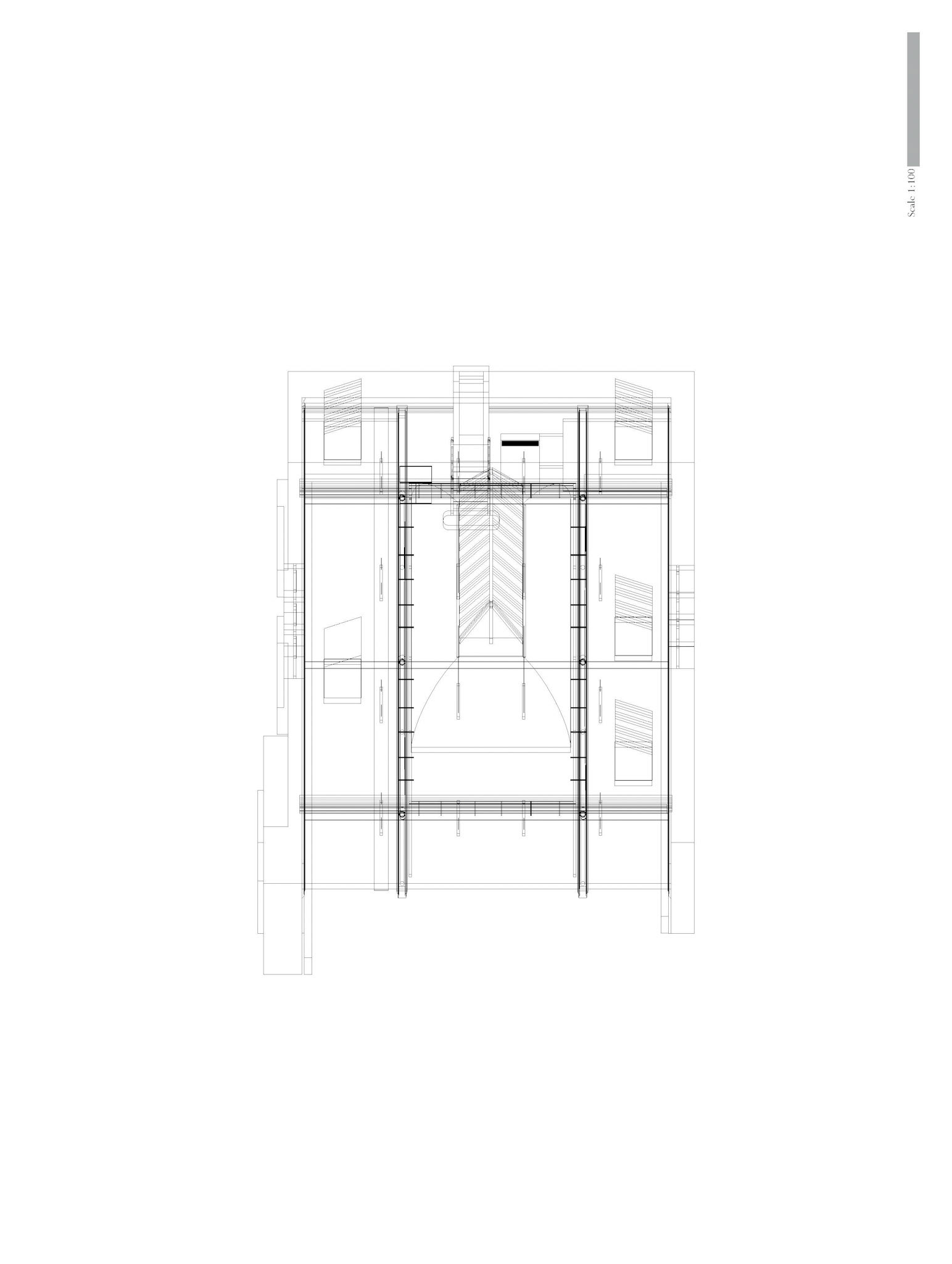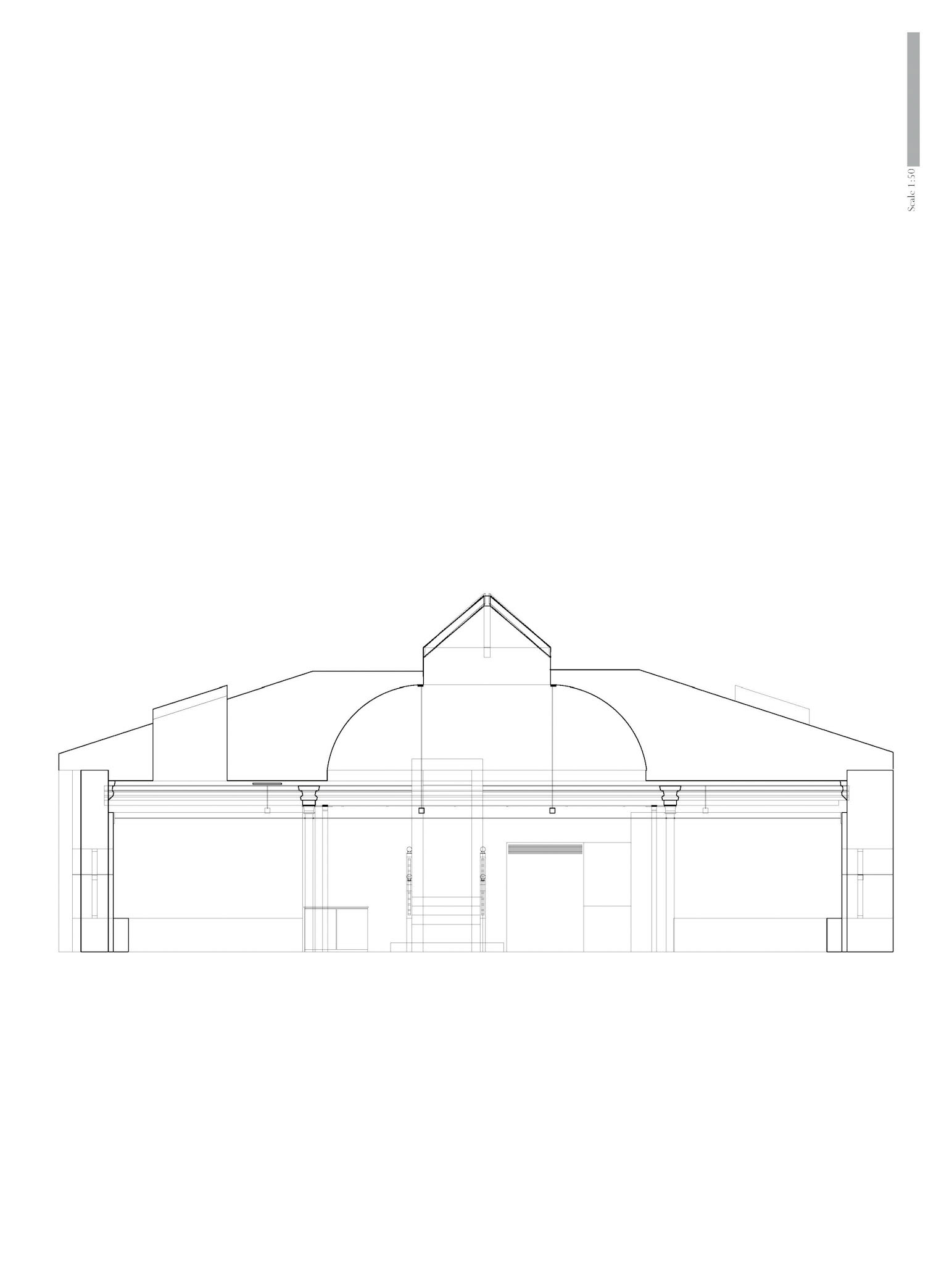As we started looking into places of the Salt March, we attempted to understand how the event of the Salt March can further affect the perception of the architecture. Drawing inspiration from initial photographs of people working on a salt pan led to the idea that building anatomy and human anatomy act in a similar way. The notion of human posture is delivered and restricted by skeletal system. Similarly, the perception of architectural form depends on circumstances in which one interacts with architecture and on narratology of the architecture. The narrative declares architectural posture, which is delivered and made possible by building’s anatomy. This chapter is an attempt to understand momentary posture of architecture through what is revealed of its language in narrative reenactment.
The narrative of Salt March
1 - 4 Khandi Clad
Thousands of women strode down to the sea like proud warriors. But instead of weapons, they bore pitchers of clay, brass and copper; and instead of uniforms, the simple cotton khandis of village India.
5 - 14 Anatomy of Delhi Gate Posture
Series of posture drawings imagined past and present function of the walled gate: the connection and the separations between two areas by the existed wall; the traffic oriented gate with the demolition of the wall; circulation travel through space in/out/up/down the gate.
15 - 20 Anatomy of Sabarmati Ashram Posture
Series of Ashram postures portray how Gandhi inhabit the space within: brick flooring for the terrace where Gandhi used to sleep; the spinning wheel which is the part of the Ashram activity and Indian textile industry; the window screens to provide comfortable shading for the house.
21 - 23 Minto House
Curious about the Ashram and the Gate, Studio 4 Minto House’s postures were explored. With us being non-strangers to Minto House, its postures are familiar. We are grounded in Minto House.
